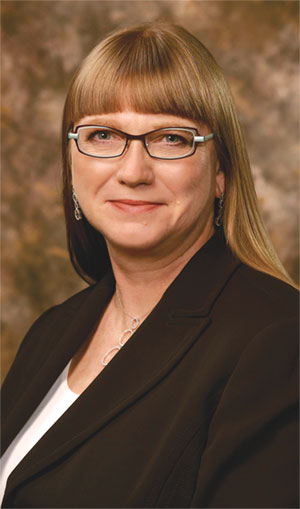A recent Ontario Superior Court decision offers crucial details for the bar in relation to the calculation of lump-sum spousal support payments.

The case,
Pollitt v. Pollitt, is also unique in that it involved a husband who was terminally ill with cancer and possessed a net worth pegged at about $20 million before he began divesting assets to his children.
Karon Bales of Bales Beall LLP, who represented husband Murray Pollitt, notes the stakes were “quite high” for her client.
The man’s ex-wife, Lydia Pollitt, sought a variation of the terms of the separation agreement and divorce judgment for both child and spousal support. The claim went back to the date of the original agreement in 2002.
“The amendments were sizable,” says Bales.
There were also a number of issues related to the calculation of the husband’s income for support purposes and whether the calculation for child support should differ from the approach to spousal payments.
But the principal issue that Ontario Superior Court Justice George Czutrin was tasked with handling, says Bales, was in regard to the earnings of the company of which the husband was a majority owner. The main complications were in relation to the sale of shares on the Toronto and Montreal stock exchanges.
In the end, Czutrin ruled those funds were non-recurring and, as per the child support guidelines, would be excluded from his income for support purposes.
In addition, the judge found that the calculation of income for child and spousal support, dealing with the non-recurring income, would be the same.
Another complication for the calculation of payments was due to paper gains that came from the reorganization of a family holding company. The judge again found that those earnings wouldn’t be included in the husband’s income.
“We were very happy with that result,” says Bales. “These non-recurring gains, each one is a bit different.
But his honour basically followed our submissions with respect to how the decision in the [Alberta Court of Appeal’s Ewing v. Ewing case] should be applied in analyzing whether or not a gain was non-recurring. It was the first time there’d been an extensive review of that by an Ontario court.”
Another key aspect of the case, according to Bales’ co-counsel Charles Beall, was with respect to the handling of assets the husband distributed to his adult children. After being diagnosed in 1999, the husband issued gifts to his children as part of his estate plan. Czutrin ruled that was permissible.
“There was nothing nefarious, and it was appropriate for Mr. Pollitt to take some estate-planning steps and distribute assets to his children in light of his personal situation,” Beall notes.
Meanwhile, Czutrin ruled that the retroactive child support would go back to the year after the agreement, yet retroactive spousal payments would date back only to the first time the wife could demonstrate she had made a request for disclosure.
The court also addressed the issue of lump-sum versus ongoing monthly spousal support payments. While there was some discussion between parties on the topic, Czutrin ultimately ruled the husband would pay the wife a lump sum of slightly more than $1 million.
“Given that Mr. Pollitt has already dealt with much of his estate and his health, he has the ability to more than adequately meet his needs,” the judge wrote.
“I am satisfied on the evidence that he planned for and contemplated that he would need to satisfy the original divorce judgment and left enough for himself to meet his needs and the amount that would otherwise be payable under the divorce judgment.”
Meanwhile, Bales says, “We don’t agree with the quantum of the lump sum, and that’s the subject of an appeal. . . . There aren’t that many lump-sum awards.”
Harold Niman of Niman Zemans Gelgoot LLP represented the wife. He characterizes the case as a “long, drawn-out process” and suggests Czutrin’s ruling is important for the bar at large as it relates to the size of the lump-sum payment awarded to the wife.
“The lump-sum payment was so high in terms of the reported cases,” says Niman. “And how justice Czutrin calculated is very important for the bar to see all of the factors that were taken into account and most importantly the kind of evidence you’re going to need to lead if you’re going to be requesting a lump sum.”
Niman points out that judges are often forced to do their own calculations or speculate on a reasonable lump sum. But in Pollitt, Czutrin asked for and received the evidence he needed to assess the appropriate amount.
“So it was interesting from the point of view of a trial judge specifically asking counsel to obtain and produce the evidence he would need,” says Niman.

 The case, Pollitt v. Pollitt, is also unique in that it involved a husband who was terminally ill with cancer and possessed a net worth pegged at about $20 million before he began divesting assets to his children.
The case, Pollitt v. Pollitt, is also unique in that it involved a husband who was terminally ill with cancer and possessed a net worth pegged at about $20 million before he began divesting assets to his children.